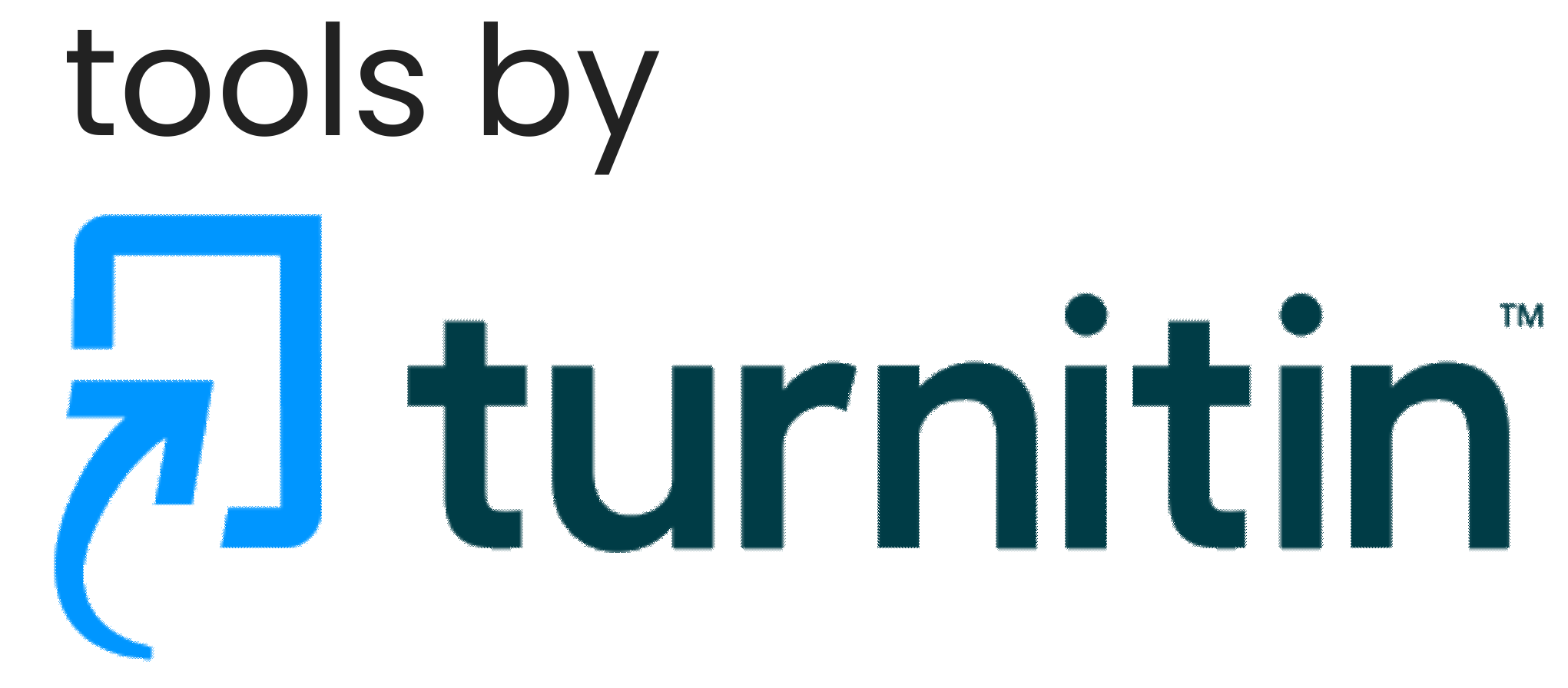Behavioral Analysis of Shopee Application Users at Stmik Borneo International using the Technology Acceptance Model (TAM) Method
DOI:
https://doi.org/10.36418/dev.v3i7.160Keywords:
Behavior Analysis, Shopee Application, Technology Acceptance ModelAbstract
The development of information technology today has a very rapid growth. Businesses began to enter the virtual world market called e-commerce. Shopee is one of the developing e-commerce. Therefore, it is necessary to know how the acceptance of an application technology by the public is used. In this research, the Shopee application is used, which is an online shopping platform that focuses on mobile, making it easier for users to shop and sell using gadgets. The method in this study uses the Technology Acceptance Model (TAM) research method. The results of this study note that Perceived Ease of Use does not have a significant positive effect on Attitude Toward Using Perceived Usefulness has a significant positive effect on Attitude Toward Using with the level of relationship. It can be concluded that the Perceived Usefulness, Attitude Toward Using, and Intention to use factors have a significant effect on the use of the Shopee application. Meanwhile, the perceived ease of use has no effect on the Shopee application, so it is recommended to improve the quality of the ease of use of the Shopee application.Published
2022-05-13
Issue
Section
Articles
License
Copyright (c) 2022 Hery Yuliani, Elvin Leander Hadisaputro

This work is licensed under a Creative Commons Attribution-ShareAlike 4.0 International License.
Authors who publish with this journal agree to the following terms:
- Authors retain copyright and grant the journal right of first publication with the work simultaneously licensed under a Creative Commons Attribution-ShareAlike 4.0 International. that allows others to share the work with an acknowledgement of the work's authorship and initial publication in this journal.
- Authors are able to enter into separate, additional contractual arrangements for the non-exclusive distribution of the journal's published version of the work (e.g., post it to an institutional repository or publish it in a book), with an acknowledgement of its initial publication in this journal.
- Authors are permitted and encouraged to post their work online (e.g., in institutional repositories or on their website) prior to and during the submission process, as it can lead to productive exchanges, as well as earlier and greater citation of published work.













